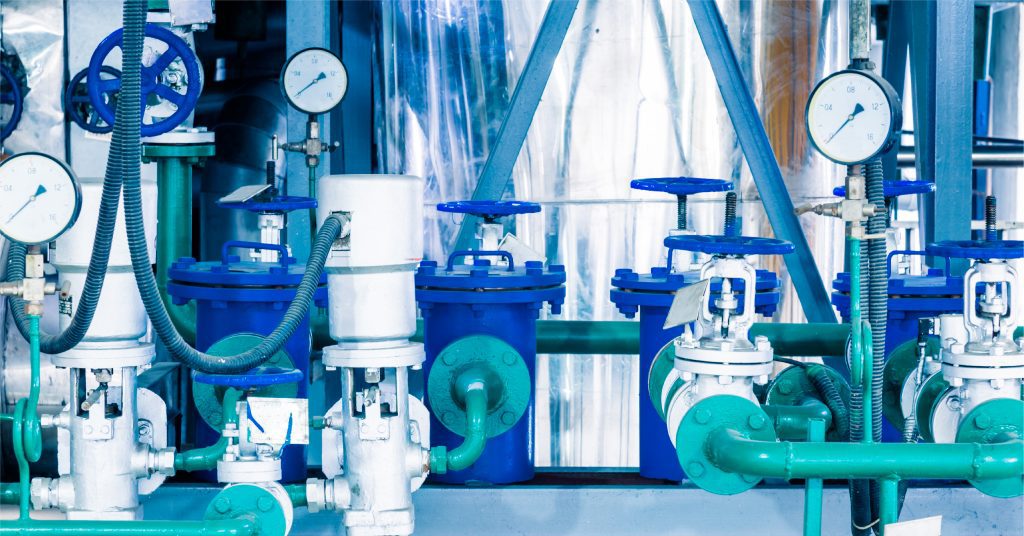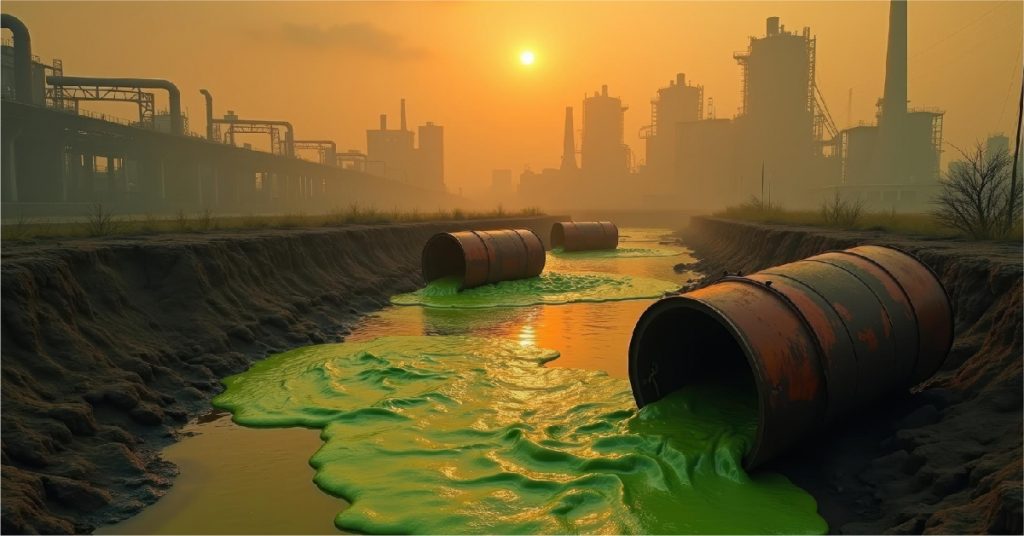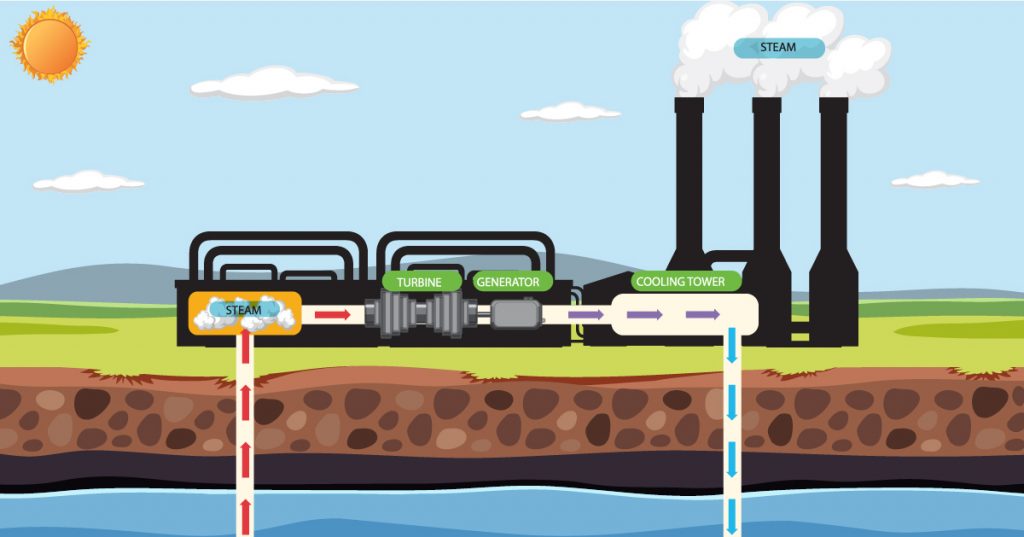Water treatment plays a vital role in maintaining public health and supporting various industries in Singapore. With the country’s limited freshwater resources, efficient and reliable water treatment methods are crucial. One of the most effective systems used in water purification processes is the multimedia filter. This filtration method is widely adopted for its efficiency in removing impurities and ensuring water quality for residential, industrial, and municipal use.
This blog explains what a multimedia filter is, how it works, and its significance in water treatment processes in Singapore.
What Is a Multimedia Filter?
A multimedia filter is a type of water filtration system designed to remove suspended solids, turbidity, and other particles from water. Unlike single-media filters, which use only one type of filtering medium, multimedia filters use multiple layers of filtration media with varying densities and sizes. Common filtration media include anthracite, sand, garnet, and gravel.
The unique design of a multimedia filter allows water to pass through each layer, capturing different sizes of particles at various stages. This process enhances the filter’s ability to remove contaminants effectively, making it a reliable solution for water purification. Multimedia filters are commonly used in water treatment plants, industrial facilities, and residential applications in Singapore.
How Does a Multimedia Filter Work?
The operation of a multimedia filter in water treatment relies on a layered structure of filtering media. Each layer is specifically chosen to target contaminants of varying sizes. Here’s a step-by-step overview of how a multimedia sand filter works:
- Influent Water Flow: Untreated water enters the multimedia filter from the top. The water typically contains suspended solids, sediment, and other impurities.
- Anthracite Layer: The first layer of the filter is anthracite, a type of coal with low density. This layer captures larger particles such as leaves, debris, and coarse sediment.
- Sand Layer: Below the anthracite is a layer of fine sand. This layer removes smaller particles, including silt and fine sediment, improving water clarity.
- Garnet Layer: Garnet is a denser material placed below the sand layer. It captures even finer particles, including microscopic impurities, ensuring high water quality.
- Gravel Layer: The gravel layer at the bottom acts as a support layer, evenly distributing the water flow and holding the other layers in place.
- Backwashing Process: Over time, the filtration media accumulate trapped particles, reducing the filter’s efficiency. The multimedia filter undergoes a backwashing process to remove the collected contaminants. During backwashing, water flows in reverse through the filter, flushing out trapped impurities and restoring the media’s effectiveness.
This process ensures the multimedia filter water treatment system remains efficient and delivers consistent results.
Applications of Multimedia Filters in Singapore
Multimedia filters are versatile and widely used across various applications in Singapore. Some of the key applications include:
- Municipal Water Treatment: Multimedia filters are commonly used in municipal water treatment plants to remove suspended solids and turbidity from raw water, ensuring safe drinking water for the population.
- Industrial Water Treatment: Industries in Singapore rely on multimedia filters to purify water used in manufacturing, cooling systems, and boiler operations. The filters ensure water quality, protect equipment, and maintain product standards.
- Wastewater Treatment: Multimedia filters are an essential part of wastewater treatment processes, removing impurities before treated water is discharged or reused for non-potable purposes.
- Desalination Pre-Treatment: Singapore’s desalination plants use multimedia filters to pre-treat seawater, removing suspended solids before reverse osmosis processes.
- Residential Water Purification: Multimedia sand filters are also used in residential water purification systems to improve water quality for everyday use.
Advantages of Using Multimedia Filters in Water Treatment
The multimedia filter in water treatment offers several benefits, making it a preferred choice in Singapore.
- Efficient Contaminant Removal: The layered design ensures efficient removal of particles of varying sizes, resulting in high water clarity.
- Increased Filtration Capacity: Multimedia filters have a higher capacity than single-media filters, allowing for greater volumes of water to be treated.
- Cost-Effective: With low maintenance requirements and a long lifespan, multimedia sand filters are a cost-effective solution for water purification.
- Improved Water Quality: These filters ensure consistent water quality, meeting stringent standards for industrial, municipal, and residential use.
- Environmentally Friendly: Multimedia filters do not require chemicals for operation, making them an eco-friendly water treatment option.
Ion Exchange’s Excellence in Multimedia Filter Solutions
The INDION NG series of auto filters, including the NGMF deep bed filters, are designed for industrial and commercial applications with superior filtration capabilities. These filters use specially graded sand media for deep bed filtration, allowing them to handle feed water with up to 25 ppm TSS at nearly three times the surface velocity of conventional sand filters. The treated water from these filters contains less than 5 ppm TSS, ensuring high-quality results.
Key features include an aesthetically designed, lightweight, and easy-to-install structure. Each unit is preassembled and tested before shipment for seamless setup. The filters are primarily constructed from plastic materials, with the pressure vessel made from fiber-reinforced plastic (FRP) and the pipes from polyvinyl chloride (PVC), making them durable and efficient for long-term use.
Conclusion
Multimedia filters are an indispensable part of water treatment in Singapore, providing efficient and reliable solutions for water purification across municipal, industrial, and residential applications. By understanding how a multimedia filter works and its role in water treatment, we can appreciate its significance in maintaining water quality and supporting sustainable practices.





